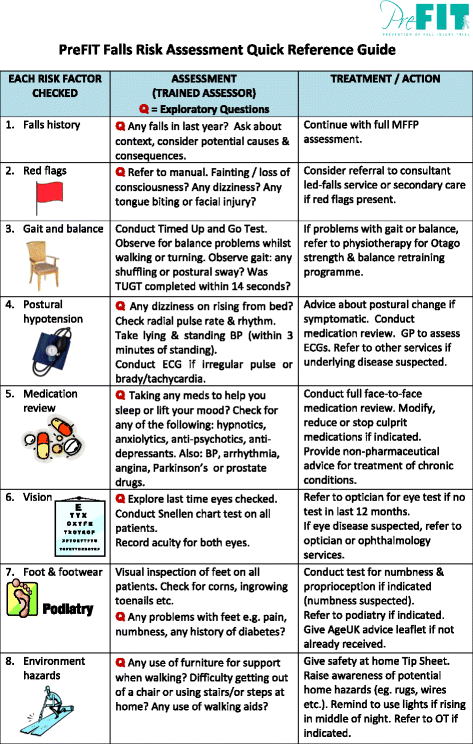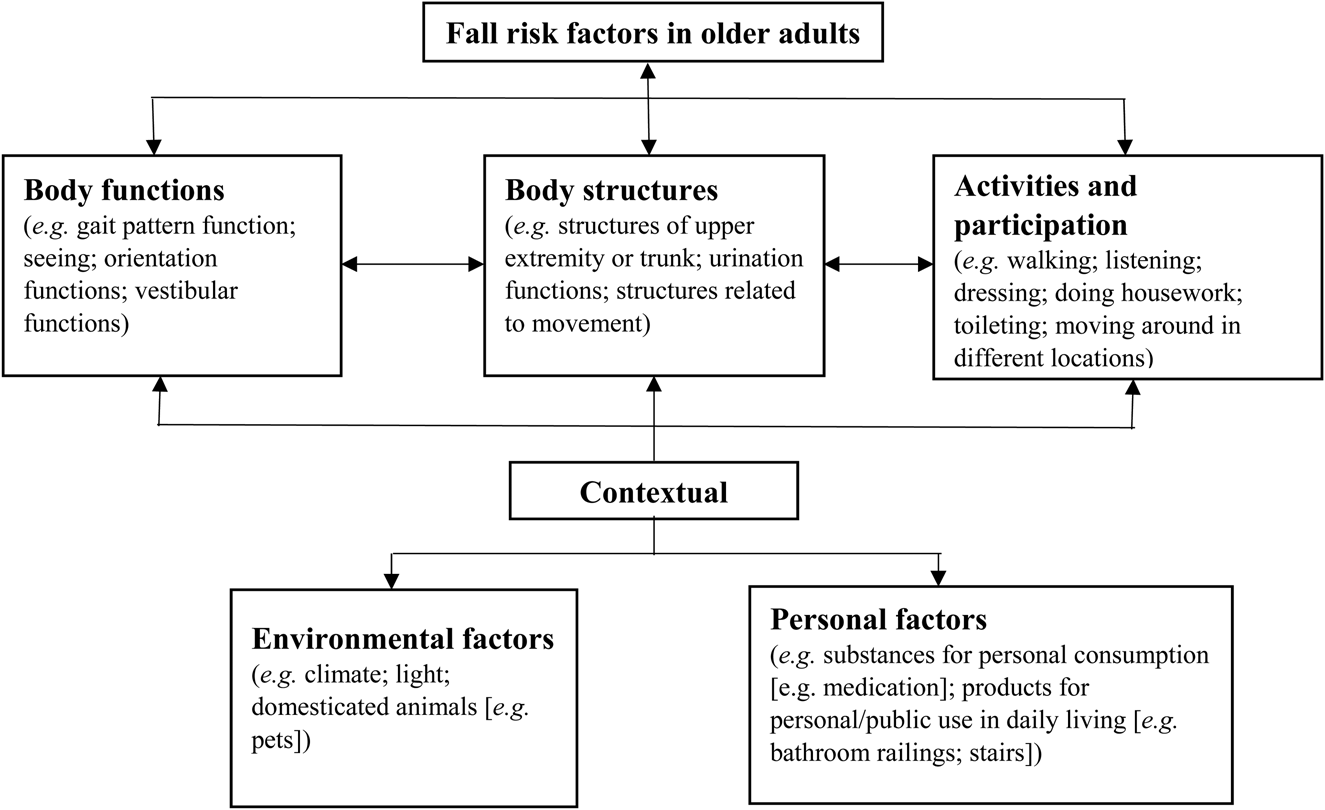Dementia Fall Risk Can Be Fun For Everyone
Dementia Fall Risk Can Be Fun For Everyone
Blog Article
8 Easy Facts About Dementia Fall Risk Described
Table of ContentsAll About Dementia Fall RiskThe Basic Principles Of Dementia Fall Risk 10 Easy Facts About Dementia Fall Risk ShownGetting My Dementia Fall Risk To Work
A fall risk analysis checks to see how likely it is that you will certainly fall. The evaluation normally consists of: This includes a series of inquiries about your general wellness and if you've had previous falls or troubles with balance, standing, and/or walking.Interventions are suggestions that may decrease your danger of dropping. STEADI consists of three actions: you for your threat of falling for your danger aspects that can be improved to try to prevent drops (for instance, equilibrium troubles, damaged vision) to reduce your threat of falling by using effective methods (for instance, offering education and learning and sources), you may be asked numerous concerns consisting of: Have you fallen in the past year? Are you stressed concerning dropping?
If it takes you 12 secs or even more, it may indicate you are at greater threat for a fall. This examination checks toughness and balance.
Relocate one foot midway forward, so the instep is touching the big toe of your other foot. Move one foot totally in front of the other, so the toes are touching the heel of your other foot.
Dementia Fall Risk Things To Know Before You Buy
Many drops happen as an outcome of several contributing aspects; therefore, handling the threat of dropping begins with recognizing the variables that add to fall threat - Dementia Fall Risk. Several of one of the most pertinent threat variables include: Background of prior fallsChronic clinical conditionsAcute illnessImpaired gait and balance, reduced extremity weaknessCognitive impairmentChanges in visionCertain high-risk medications and polypharmacyEnvironmental aspects can additionally enhance the risk for drops, including: Insufficient lightingUneven or damaged flooringWet or unsafe floorsMissing or damaged hand rails and grab barsDamaged or poorly equipped devices, such as beds, mobility devices, or walkersImproper use assistive devicesInadequate guidance of individuals staying in the NF, including those who show aggressive behaviorsA successful autumn danger administration program requires a thorough professional assessment, with input from all participants of the interdisciplinary group

The care plan must additionally include treatments that are system-based, such as those that advertise a secure setting (ideal lighting, Go Here hand rails, get bars, and so on). The effectiveness of the treatments must be reviewed occasionally, and the care plan modified as needed to reflect adjustments in the autumn risk analysis. Implementing a loss risk monitoring system making use of evidence-based finest technique can decrease the occurrence of falls in the NF, while restricting the possibility for fall-related injuries.
Not known Details About Dementia Fall Risk
The AGS/BGS standard advises screening all grownups aged 65 years and older for loss danger annually. This testing is composed of asking clients whether they have fallen 2 or more times in the previous year or looked for clinical interest for an autumn, or, if they have not dropped, whether they really feel unstable when strolling.
People that have fallen once without injury must have their equilibrium and stride evaluated; those with stride or equilibrium problems must receive additional analysis. A history of 1 fall without injury and without gait or equilibrium troubles does not require more assessment beyond ongoing yearly autumn risk testing. Dementia Fall Risk. A loss risk analysis is needed as component of the Welcome to Medicare assessment

Rumored Buzz on Dementia Fall Risk
Documenting a falls background is one of the quality signs for loss prevention and management. copyright medications in particular are independent forecasters of falls.
Postural hypotension can typically be reduced by decreasing the dosage of blood pressurelowering medications and/or stopping medications that have orthostatic hypotension as a negative effects. Use above-the-knee support tube and resting Bonuses with the head of the bed raised may also minimize postural reductions in high blood pressure. The suggested elements of a fall-focused physical exam are revealed in Box 1.

A TUG time higher than or equivalent to 12 secs suggests high loss risk. The 30-Second Chair Stand examination assesses reduced extremity toughness and balance. Being not able to stand up from a chair of knee elevation without using one's arms indicates enhanced loss danger. The 4-Stage Equilibrium test analyzes fixed equilibrium by having the person stand in 4 settings, each gradually much more tough.
Report this page